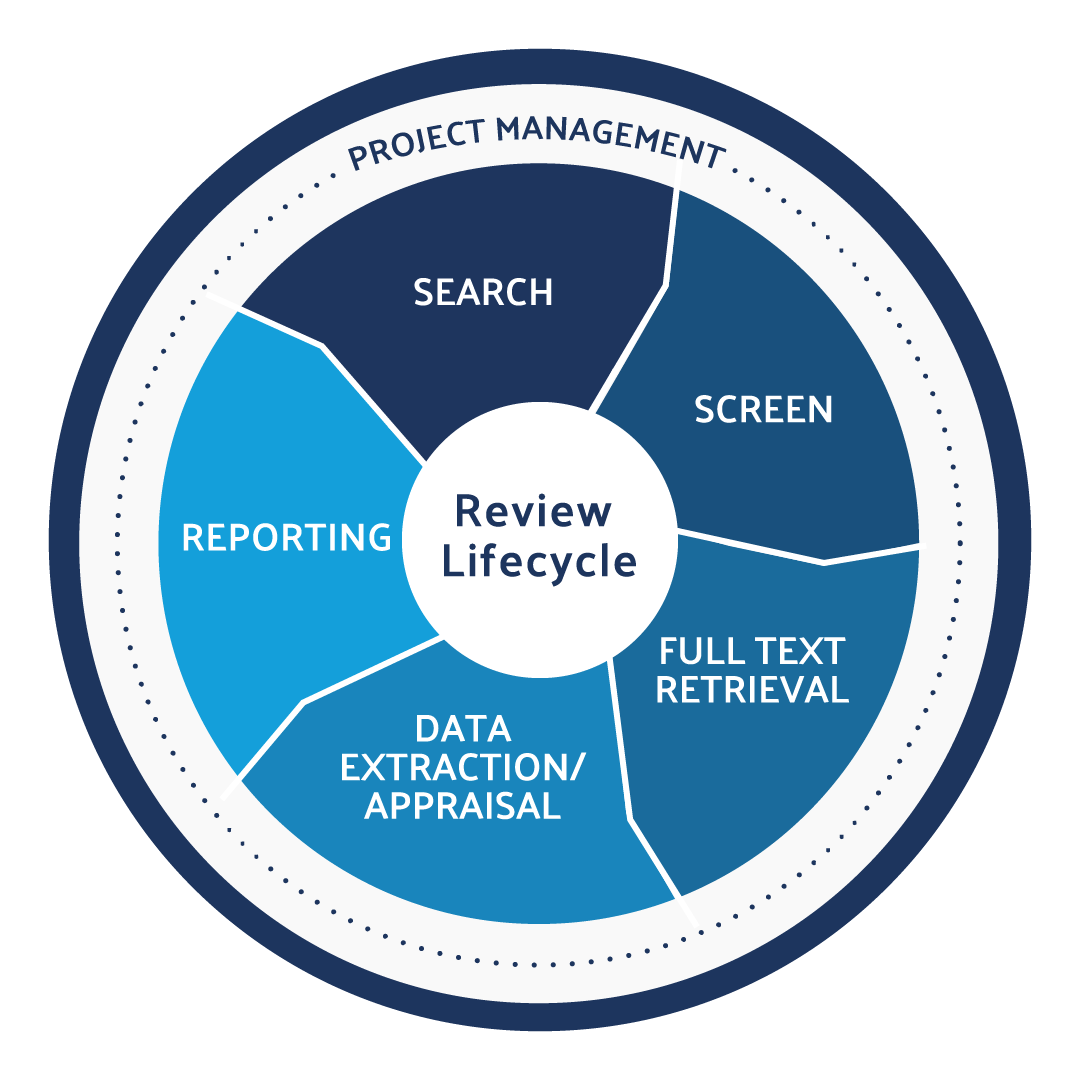Does the FDA Require a Clinical Evaluation Report?


Use DistillerSR to produce CER and PER literature reviews in an efficient, audit-ready, and compliant way.
Writing clinical evaluation reports is a significant requirement for companies to achieve regulatory compliance and navigate the medical device approval process in Europe–but what about in the United States? Does the Food and Drug Administration (FDA) require a clinical evaluation report? Let’s find out.
What Is a Clinical Evaluation Report?
A clinical evaluation report (CER) is a document that contains an assessment of the safety and performance of a medical device that is used to support applications for marketing authorizations in Europe.
What Does the FDA Require?
The FDA does not require a specific clinical evaluation report; however, it does require that device manufacturers provide sufficient evidence to support claims against the safety and efficacy of their devices. This includes data from clinical investigations, if available.
The FDA requires medical device manufacturers to submit a premarket approval application (PMA), or a 510(k) premarket notification. A PMA is required for devices that are “intended to be used in supporting or sustaining human life or preventing impairment of human health, or which are intended to affect the structure or any function of the body.”
A 510(k) premarket notification is required for devices that are “substantially equivalent” to a device that is already on the market. While 510(k) applications outnumber PMA applications, a PMA is a more rigorous requirement, yet both of these applications require clinical data to support the safety and efficacy of the device.
Learn More About DistillerSR
(Article continues below)
What Is the Difference Between a CER and an FDA Application?
A CER is a document that assesses the safety and performance of a medical device, and an FDA application is required to market a device in the United States. Both require clinical data to support the safety and efficacy of the device. An FDA application is a more comprehensive assessment of the device under evaluation, whereas the CER is one required section of a broader EU-MDR application.
How to Get a Medical Device Approved by the FDA
The first step to getting a medical device approved by the FDA is to determine its class. Class I devices are typically low-risk, while Class III devices are high-risk devices. Once the class is determined, the manufacturer must ensure theirprototype of the device is appropriately classed. This prototype is not intended for human use and will be used to demonstrate basic feasibility of function.
After the prototype is designed, the manufacturer must submit a premarket approval application (PMA) or a 510(k) premarket notification to the FDA. Both of these applications need to be supported by clinical data to ascertain the safety and effectiveness of the device.
The FDA will review the application and decide whether to approve the device. If the FDA approves the device, the manufacturer can then begin marketing it in the United States; however, the manufacturer must remain FDA compliant throughout and continue to submit reports about the device’s safety and efficacy. The FDA may also require post-market surveillance for certain devices, which means that the manufacturer must track how well the device is performing once it is on the market.
Final Thoughts
If you’re marketing a medical device in Europe, you will need to write a clinical evaluation report. Alternatively, the FDA does not require a specific CER, but it does require clinical data to support the safety and efficacy of the device submitted as a premarket approval application (PMA), or a 510(k) premarket notification.








